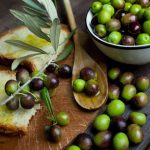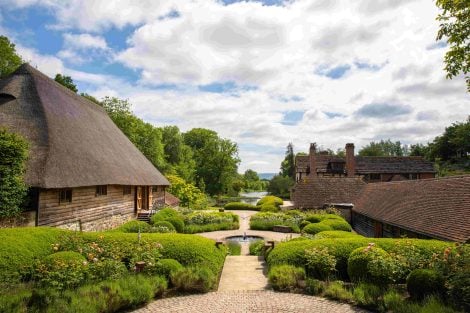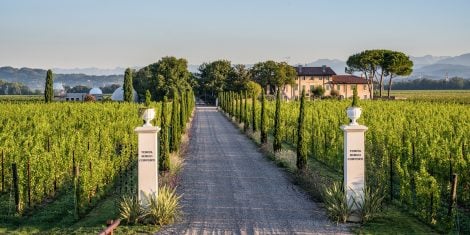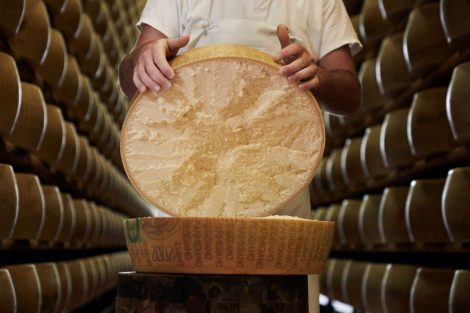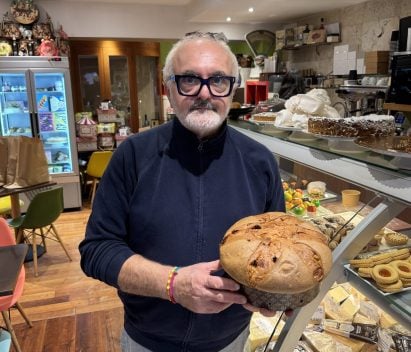If we were to look at the Sardinian wine world in a superficial way, we might split it neatly between Vermentino for white wines and Cannonau for reds. Fortunately, the reality is far more complex. In fact, with a keener eye, we can see that Sardinia is like an open-air wine laboratory, where many other native grape varieties are also earning a well-deserved place of prestige. And these aren’t just grapes rediscovered only to remain in a kind of middle-quality limbo—more useful for storytelling than for producing outstanding wines. We’re talking about grape varieties that, in the hands of particularly talented winemakers, have given rise to wines of great depth and character.
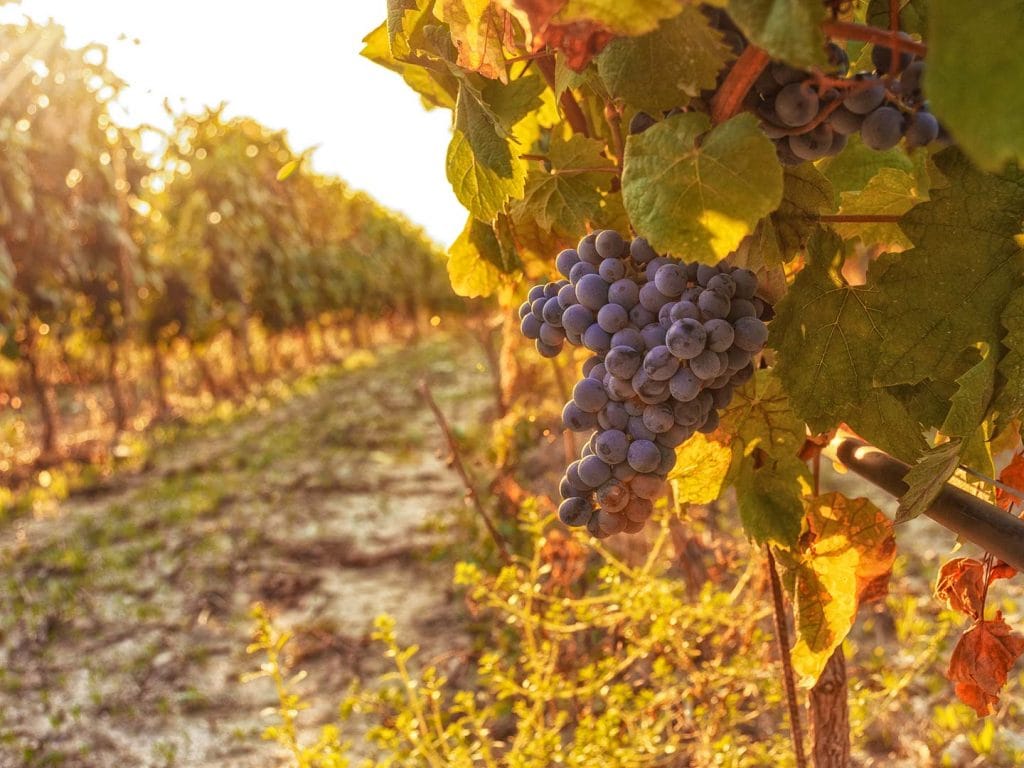
photo by www.cantinechessa.it/
Giovanna Chessa’s Estate: reds and whites from native grapes
One of these grapes is Cagnulari, a red variety. And the proof that this grape can produce exceptional wines has come this year from Giovanna Chessa. Her estate is a family-run operation with some sixty years of history. She took over from her father Luigi, who began wine production in the 1970s, focusing on native varieties like Vermentino and, indeed, Cagnulari. Giovanna’s vineyard stretches over about fifteen hectares on the gentle hills of Usini, in the northwest of the island, in the province of Sassari, not far from Alghero. The soils here are calcareous and clay-rich, and the elevation ranges between 200 and 250 metres above sea level.
Cagnulari: history and characteristics of the grape
Let’s pause for a moment on the history of this grape. Cagnulari is native to northwestern Sardinia, once marginalised but now increasingly recognised as one of the symbols of the region’s wine identity. For a long time, it was grown almost exclusively for personal use or as a blending grape for more renowned wines. Today, however, it’s undergoing a true renaissance, thanks to the dedication of small producers and local wineries that have rediscovered its expressive potential.
Its origins remain partially shrouded in mystery. Some ampelographers suggest a link with Spain, where a similar grape known as Graciano exists. This theory fits with the period of Aragonese rule in Sardinia (14th–17th century AD), during which several Iberian grape varieties were introduced to the island. Nevertheless, Cagnulari has developed its own distinctive identity in Sardinia over the centuries, adapting perfectly to the calcareous soils and breezy climate of the Coros region, which includes the municipalities of Usini, Ittiri, Ossi, Tissi, and Uri in the Sassari area. Beyond this region, small-scale Cagnulari production can also be found in Campidano di Cagliari and in Ogliastra, though these are more limited and generally aimed at local consumption.
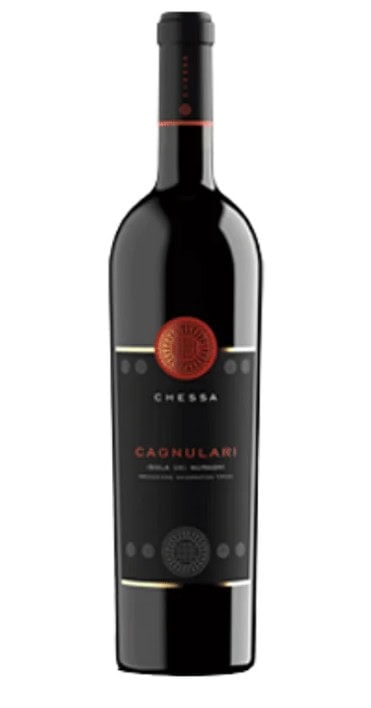
Giovanna Chessa’s first Tre Bicchieri Award
Returning to the wines of her estate, it’s clear that Giovanna Chessa is able to produce wines from her vineyards that are refined, drinkable, fresh, and elegant—wines that age well. We were particularly impressed by her Cagnulari ’22, with which the estate has earned its first Tre Bicchieri award in the 2025 edition of the Gambero Rosso Vini d’Italia guide. Vinified and aged entirely in stainless steel, this 2022 vintage is the most elegant, layered, and complex version ever released. It has aromas of plum, with an intriguing spicy note, while on the palate it is enveloping yet fine and profound. The tannins are soft and well-integrated into the body of the wine, while the sip is defined by a beautifully refreshing acidity.

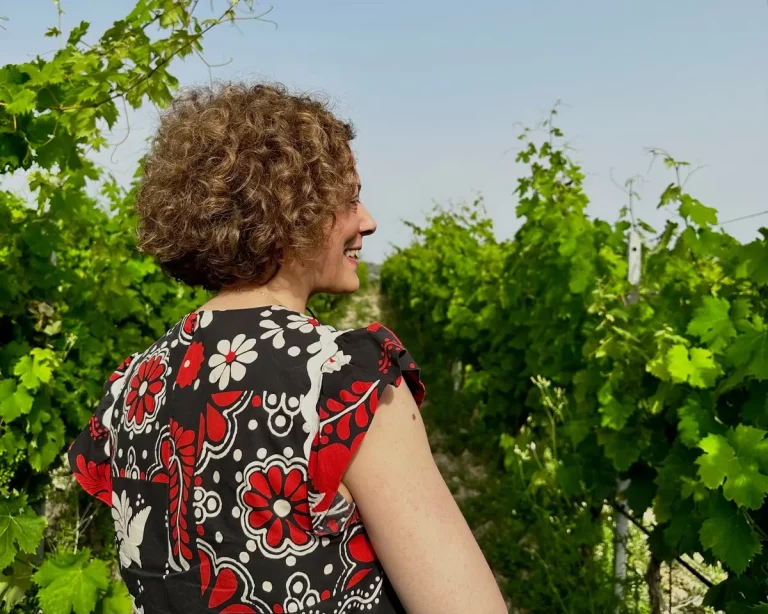
 Io Saturnalia! How to celebrate the festive season like an Ancient Roman
Io Saturnalia! How to celebrate the festive season like an Ancient Roman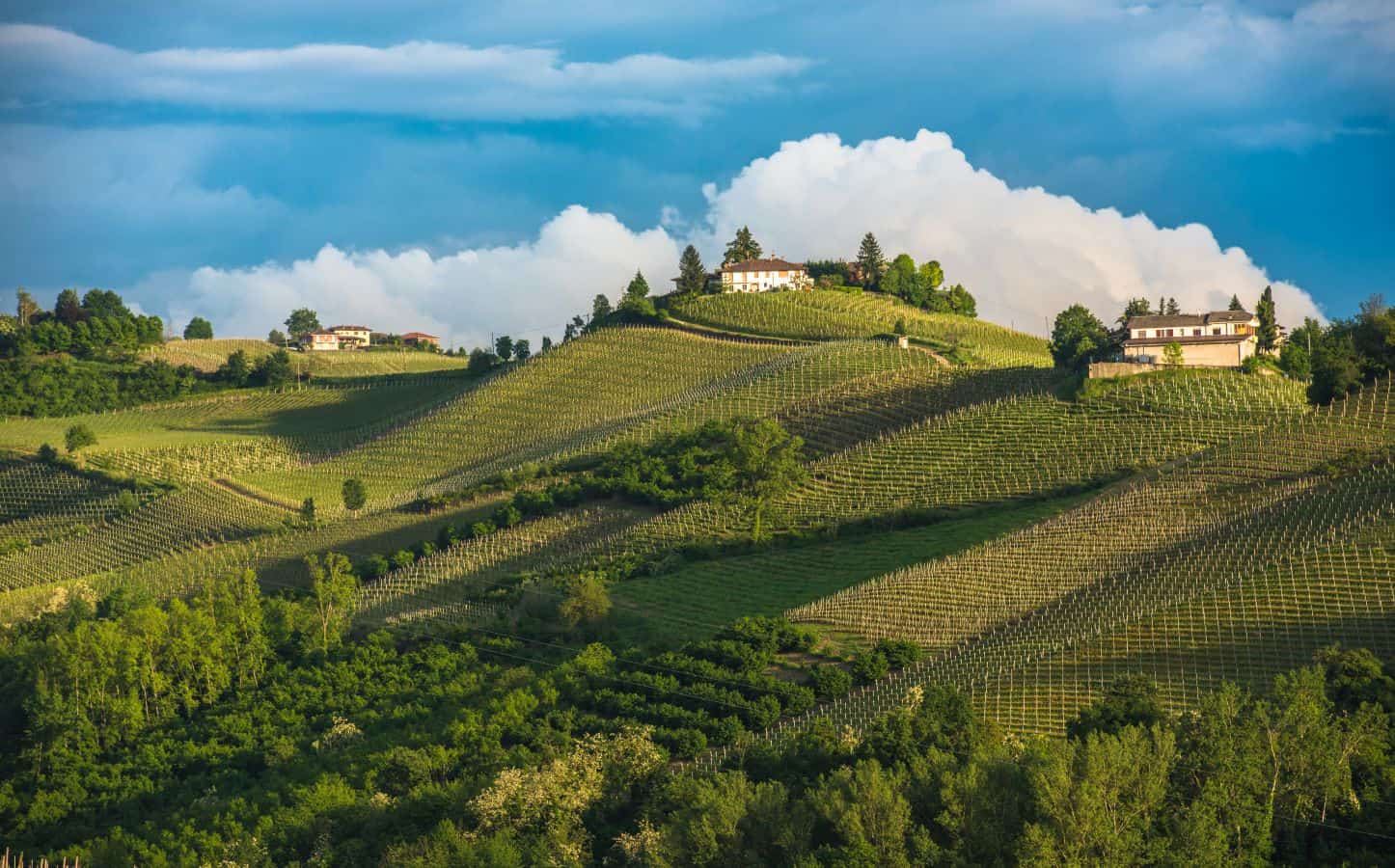 The UNESCO effect: tourism is growing, but there is a risk of losing identity
The UNESCO effect: tourism is growing, but there is a risk of losing identity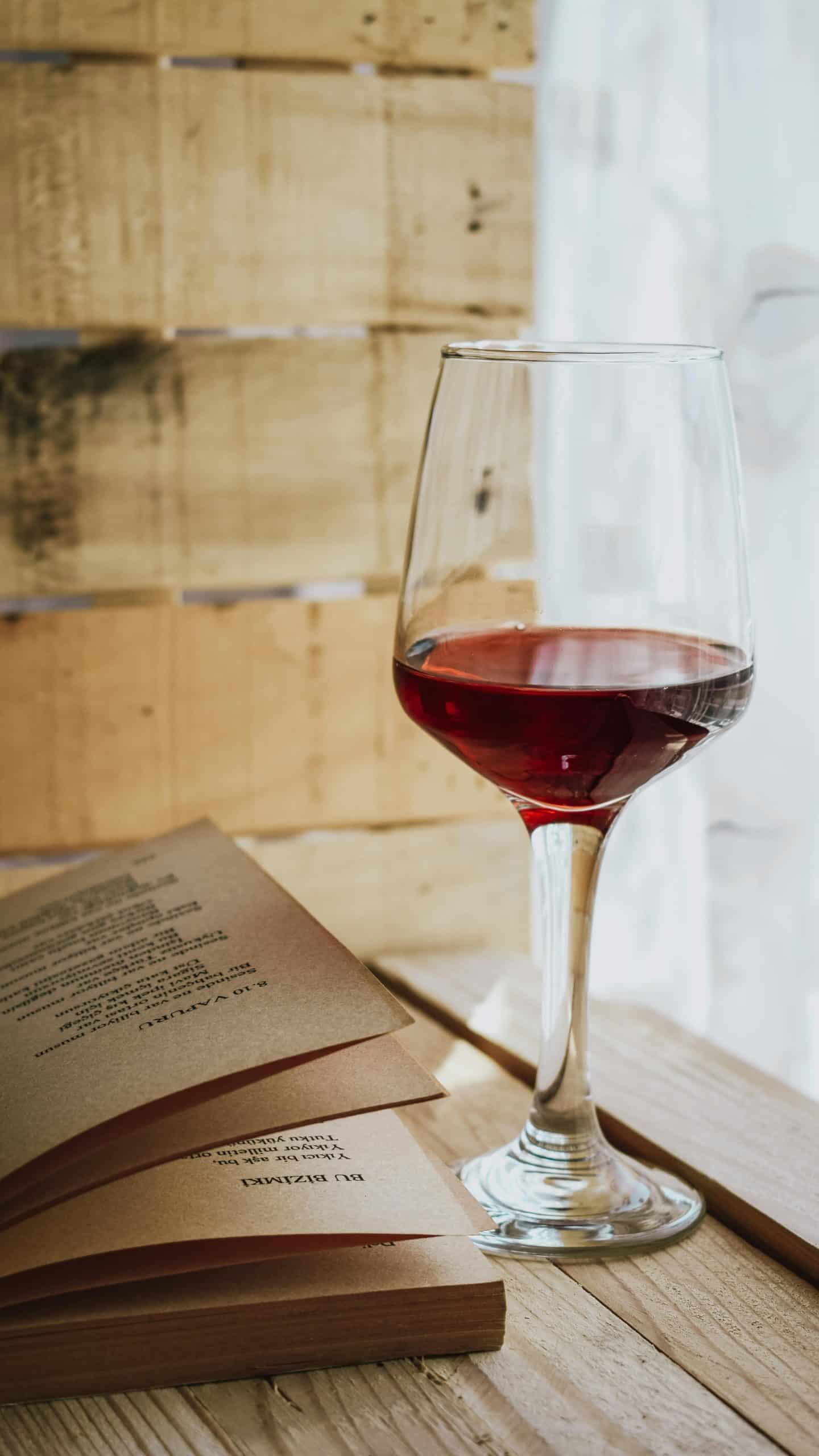 The perfect pairing? Wine and books
The perfect pairing? Wine and books 2025 was the year of Trump's tariffs – will 2026 be better for Italian wine in the US?
2025 was the year of Trump's tariffs – will 2026 be better for Italian wine in the US?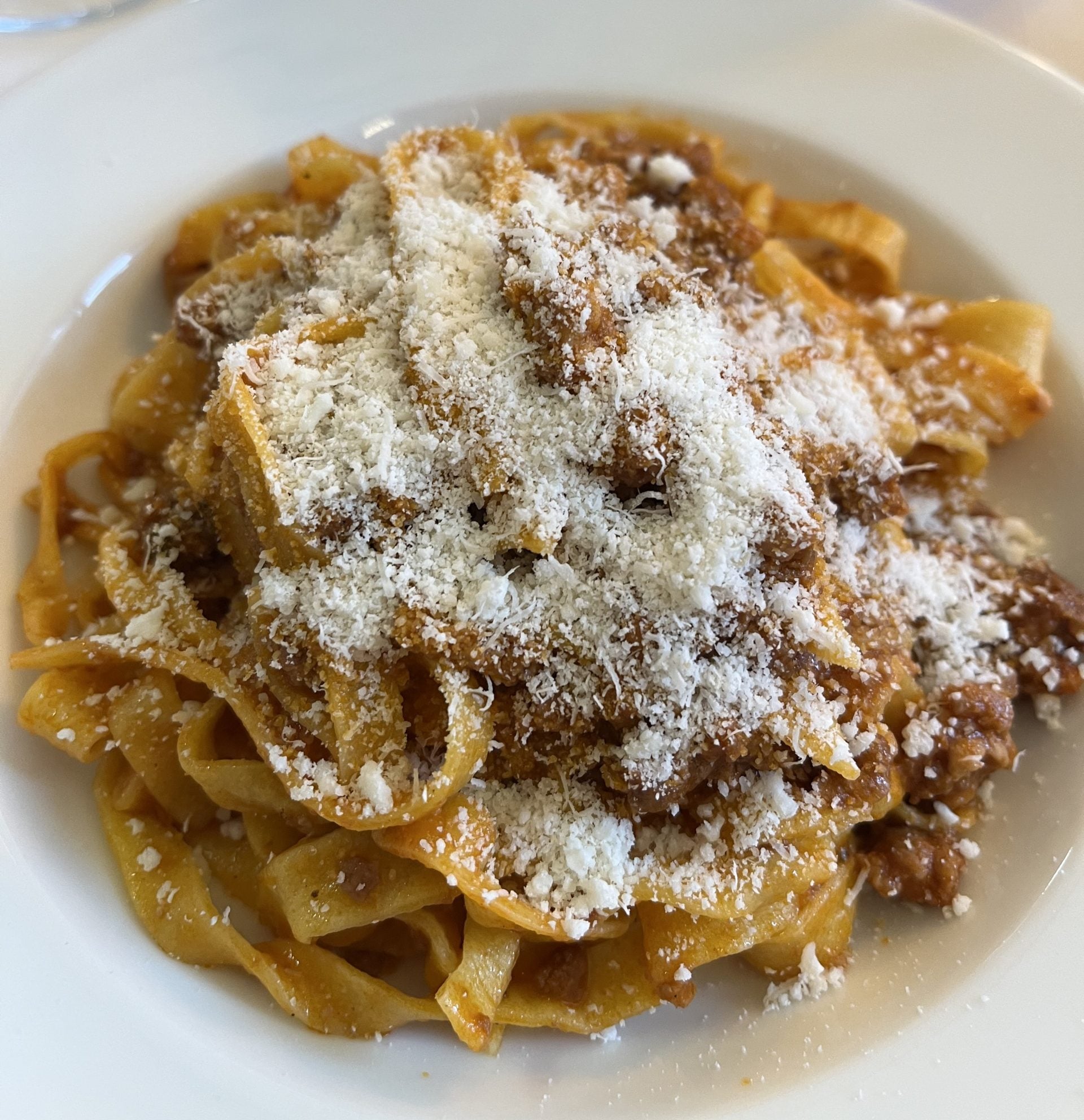 Italian cuisine recognised by UNESCO
Italian cuisine recognised by UNESCO